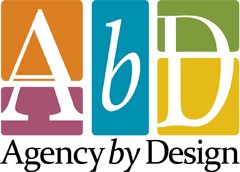On Monday, March 11, 2013 the Agency by Design team was in Oakland, CA to lead our first-ever full-school professional development session for educators. The three-hour session was held at Park Day School and introduced approximately 40 Kindergarten – 8th grade teachers to the core tenets of our project. A variety of hands-on activities and Project Zero thinking routines had teachers looking at the intricacies of objects, situating those objects in broader systems, considering those systems through multiple user perspectives, and then brainstorming and prototyping redesign ideas for those systems. This process of developing a sensitivity to design primed educators to consider how equipping students with a deeper understanding of the design of objects, ideas, and systems may ultimately lead to an enhanced sense of agency.
The Park Day School teachers wowed us with their enthusiasm and cheerful investigation of complex ideas. A lot of great thinking emerged from the session—and we certainly learned a lot!

Park Day School teachers considered the parts, purposes, and complexities of a variety of household objects such as this extension cord, calculator, and box of tissues.

Park Day School teachers carefully investigate a pair of staplers before engaging in the redesign process.

Park Day School teachers used the Parts/Purposes/Complexities thinking routine to better understand the intricacies of a funky bicycle helmet.





